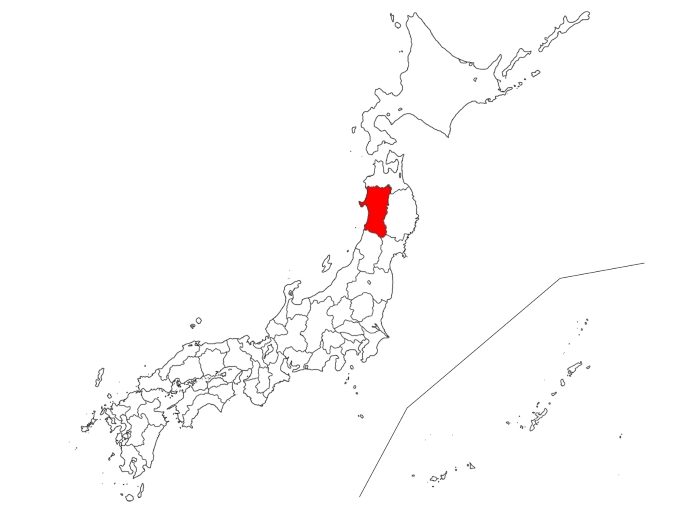Contents
1.Basic Information
Akita Prefecture is home to many attractive tourist destinations, such as the town of Kakunodate, which retains the atmosphere of the Edo period; the naturally blessed Lake Tazawa; and the Shirakami Mountains, which are registered as a World Heritage site. Additionally, the “Kanto Festival” and the “Omagari Fireworks Festival,” representing the summer festivals of the Tohoku region, attract many tourists every year.
Kakunodate Samurai Residences (Kakunodate)
Kakunodate, which still preserves its traditional streetscape from the Edo period, is often referred to as the “Little Kyoto of Michinoku.” Particularly famous are the samurai residences like the Aoyagi and Ishiguro houses. These residences offer an experience of the samurai lifestyle from that era. Kakunodate is also known for its beautiful scenery in every season: cherry blossoms in spring, fresh green in summer, autumn leaves, and snowy landscapes in winter. Renting a traditional Japanese kimono and strolling through the town is highly recommended for a timeless experience.
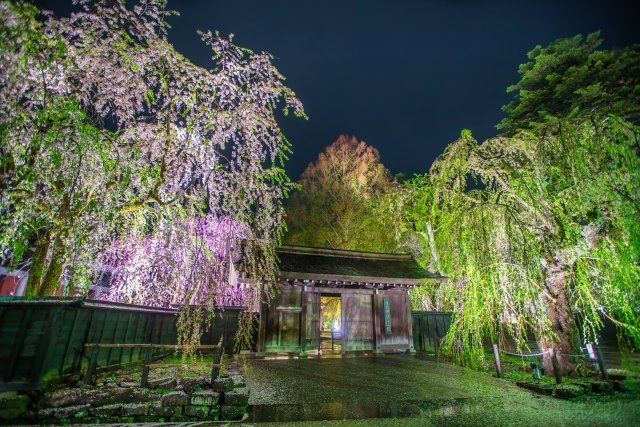
Lake Tazawa (Tazawako)
Lake Tazawa, the deepest lake in Japan, has a depth of 423.4 meters. It is characterized by its beautiful azure surface and its nearly circular shape with a circumference of about 20 kilometers. Lake Tazawa is known for the “Legend of Princess Tatsuko” and a golden statue of “Tatsuko” stands by the lake. In the vicinity, there are attractions like the Jomon no Mori Tazawako campsite, Gozaishi Shrine, Heart Herb, and Ukiki Shrine, offering a variety of activities. Gozaishi Shrine, in particular, is popular for photography due to the beautiful contrast between the blue lake and the red torii gate.
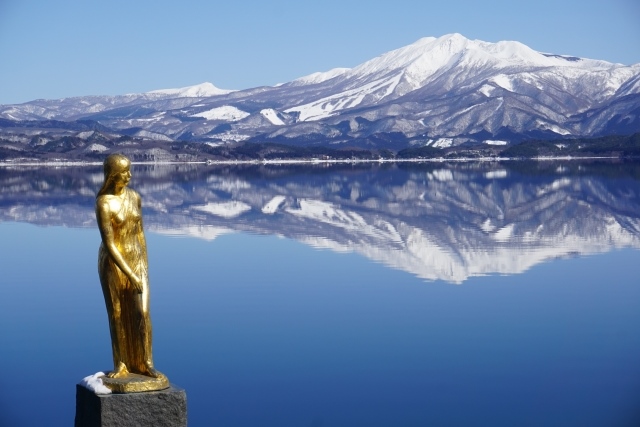
Shirakami Mountains (Shirakamisanchi)
The Shirakami Mountains, spanning Akita and Aomori prefectures, are a richly forested mountain range. The area, known for one of the world’s largest virgin beech forests, was registered as a World Natural Heritage site in 1993. The region covers about 130,000 hectares and includes Japan’s largest primeval beech forest. The biggest attraction of the Shirakami Mountains is the “Aoike Pond” on the western side, known for its mystical blue water and ethereal atmosphere.
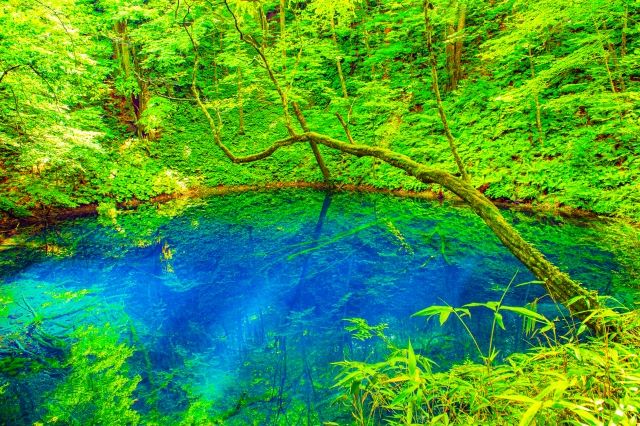
Hachimantai Dragon Eye (Hachimantai)
The Hachimantai Dragon Eye is a mystical natural phenomenon seen near the summit of Hachimantai, straddling Akita and Iwate prefectures. This phenomenon occurs at Kagami Pond, a crater lake, where the combination of snow and melting snow creates a dragon eye-like shape. During the transition from winter to spring, the snow in the center of the pond rises due to buoyancy and starts melting, forming the Dragon Eye. This can usually be seen from late May to early June if you’re lucky.
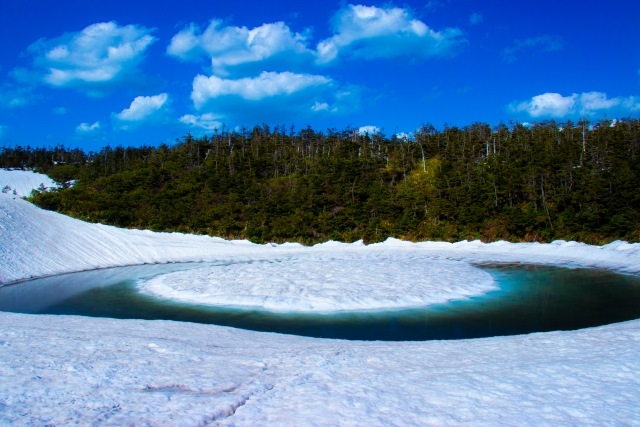
2.Reviews
Namahage
The “Namahage” tradition in Oga City involves young men dressed in demon-like masks and straw outfits, carrying wooden knives, visiting homes on New Year’s Eve. Registered as a UNESCO Intangible Cultural Heritage in 2018, this tradition represents a respected and treasured event in Japan. These demons, considered messengers of the gods living in the mountains of Oga, admonish laziness and bring blessings of bountiful harvests and fishing.
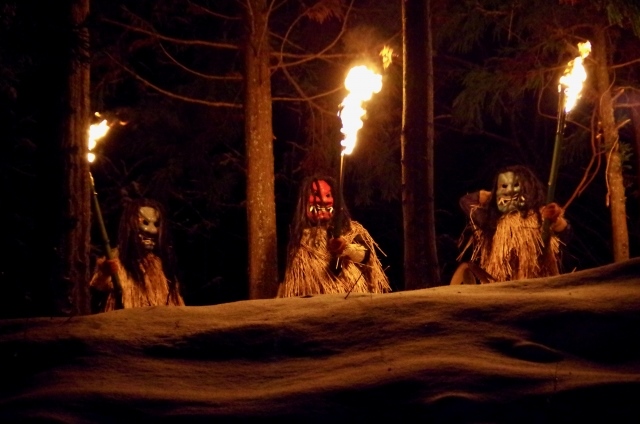
Kamakura
In Yokote, a heavy snowfall area, the traditional “Kamakura” event is held every year on February 15 and 16. With a history of about 450 years, children play inside snow huts, drinking sweet sake and grilling mochi. A shrine for the water deity is also set up.
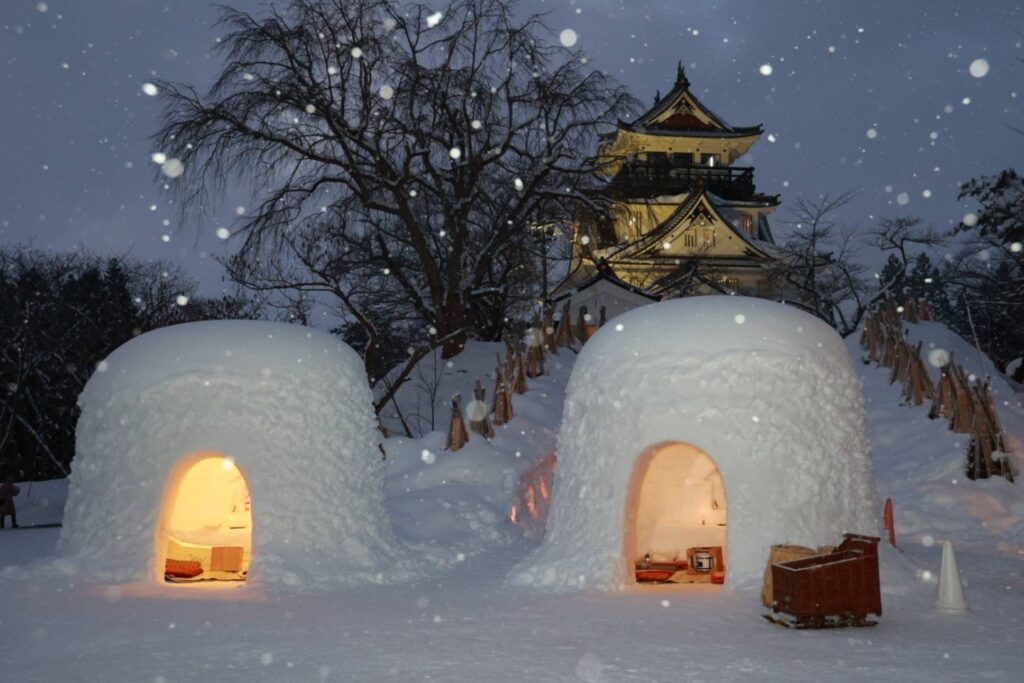
Kanto Festival (kantoumaturi)
The Kanto Festival in Akita, one of the three great festivals of the Tohoku region alongside Sendai’s Tanabata and Aomori’s Nebuta, has a history of about 270 years. The main feature of this festival is the skillful manipulation of Kanto (poles with 46 lanterns attached, weighing about 50kg) using palms, foreheads, shoulders, and waists. This skill is a spectacular sight to behold.
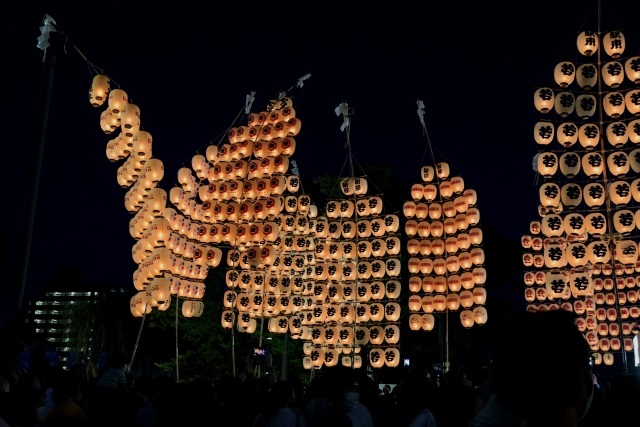
Omagari Fireworks Festival
The National Fireworks Competition, held in Daisen City (formerly known as Omagari), takes place on the last Saturday of August every year. It’s known as the “Omagari Fireworks Festival” and is considered one of Japan’s three major fireworks festivals, along with Ibaraki Prefecture’s Tsuchiura and Niigata Prefecture’s Nagaoka fireworks festivals, enjoyed by many people.
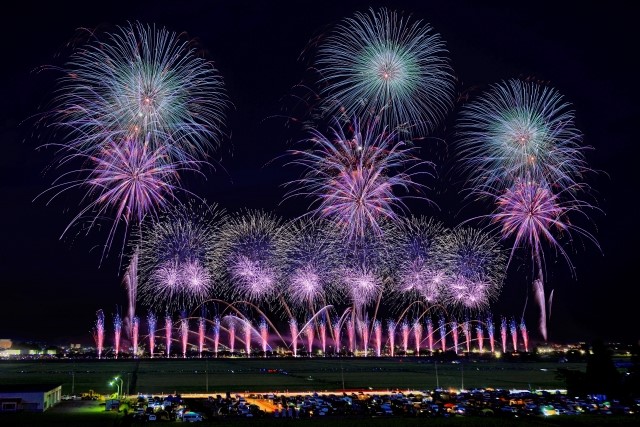
3.Local Food



4.Transportation Information
■ How to get to Kakunodate
Semboku City Official Website (English, Korean, Simplified Chinese)
https://www.city.semboku.akita.jp/sightseeing/spot/07.html
■ How to get to Lake Tazawa
Semboku City Official Website (English, Korean, Simplified Chinese)
https://www.city.semboku.akita.jp/sightseeing/spot/04.html
■ How to get to Shirakami Mountains
Shirakami Mountains Visitor Center (English, Korean, Simplified Chinese, Traditional Chinese)
https://www.shirakami-visitor.jp/
5.Map Information
